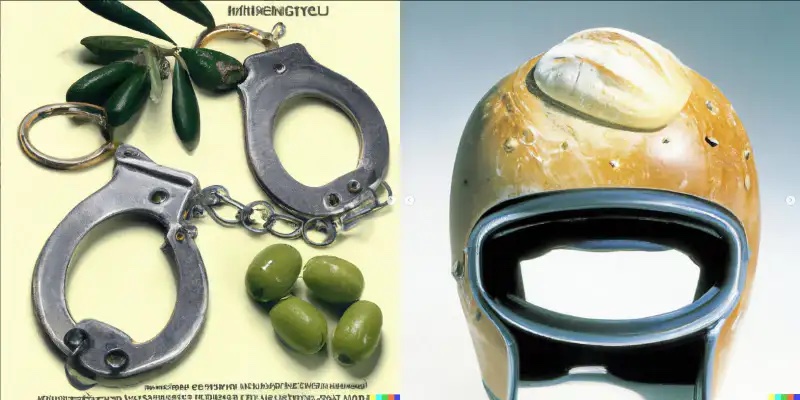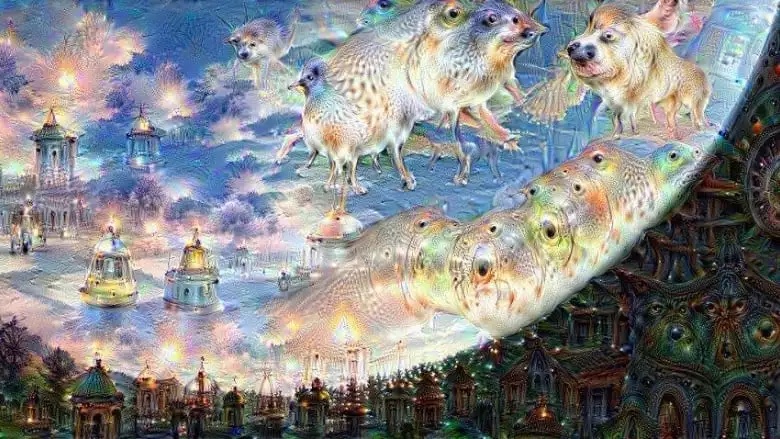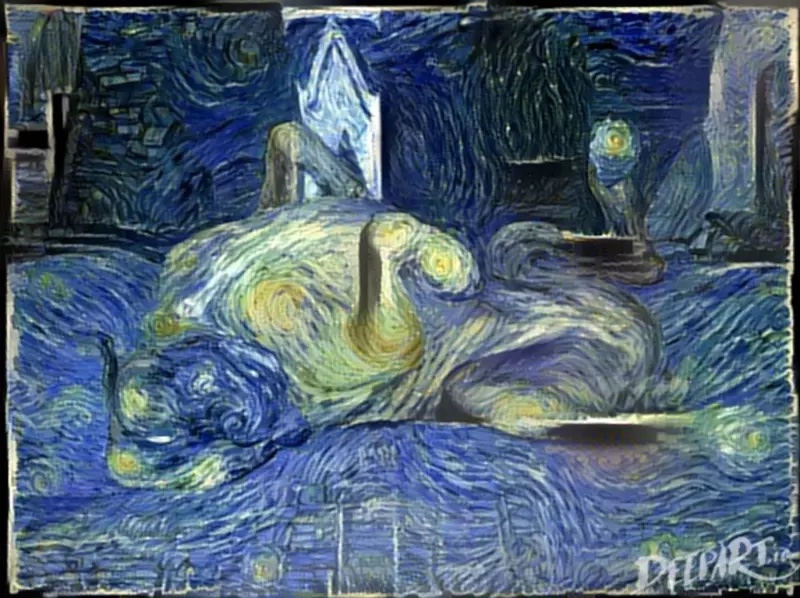What is AI art?
AI art is any form of digital artwork, such as images, text, audio, or video, created with the assistance of artificial intelligence. (Artificial Intelligence is the simulation of human cognition by machines, particularly computers.) Humans may also be involved in the AI art process, by adding prompts or data (i.e. imagery including paintings, photos, print ads, cartoons, etc.), but the final creation is left to AI. This method has been around for a while, however, it has only achieved widespread notoriety in the last few years.
What is Machine Learning?
Machine learning is a type of artificial intelligence that enables computers to learn through "experience" (typically, scraping the internet or another large dataset), without being explicitly programmed by a human. Machine learning relies on algorithms that can identify complex patterns in data and use those patterns to make decisions and predictions. It helps computers to analyze large amounts of data quickly and accurately, making it a powerful tool in many fields, including healthcare, finance, government, retail, and more. The algorithms (a list of rules laid out in code) used to generate AI artwork can range from simple ones that use randomness or chaos theory-based approaches to more complex methods such as neural networks, deep learning, and natural language processing.
Softwares
Midjourney:
Using a combination of machine learning and generative art techniques, Midjourney AI Digital Art System produces content based on user input, including an initial uploaded image as their starting point. It's known for creating more artistic, painterly art. To create art on Midjourney, users must first enter any instructions they want via a Discord channel. This includes different art style parameters such as medium, color palette, stroke patterns, and brush size.

Jason Allen’s A.I.-generated work using Midjourney called Théâtre D’opéra Spatial. He won first place in the digital category at the Colorado State Fair in 2022, which sparked controversy.
DALL.E:
Deep Artificial Language Learning Engine, or DALL-E (stylized as DALL·E), produces creative art from text descriptions, interpreting natural language such as written descriptions and commands. It's known for creating more photorealistic art. DALL-E is similar to Midjourney; some main differences include that DALL-E is run from a full website and can edit existing images by adding or removing elements, whereas Midjourney cannot.

AI art created by traditional painter and sculptor Chloe Wise, using the prompts "advertisement for women’s handcuffs" and "advertisement for motorcycle helmet made from focaccia."
Google Deep Dream:
Google DeepDream is an artificial neural network created by Google in 2015. It works by taking in a picture or video and applying algorithmic filters to make the image appear more surreal. The idea behind DeepDream is to enable computers to "dream" out pictures and videos in the same way humans do, based on what they have seen before.

A Google Deep Dream generated version of artwork by Canadian artist Robert Gonsalves.
DeepArt.io:
Another neural-network-based AI technology, DeepArt.io works by taking a user-uploaded image as input and transforming it into a stylized version of the original. It offers a variety of styles that can be applied to an original uploaded image, ranging from classic artworks to modern art. DeepArt.io also provides users with options for customizing their artwork, such as brightness and contrast adjustments, color corrections, cropping, and more.

Pug painting in the style of Vincent Van Gogh's The Starry Night, generated by Deepart.io.
Article Resource:
https://www.cgspectrum.com/blog/what-is-ai-art-how-will-it-impact-artists